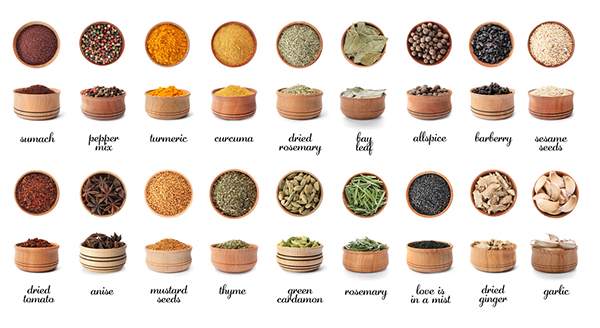Bitter Herbs: Significance, Uses, and Biblical Importance Bitter herbs have a rich history and hold significant cultural, culinary, and medicinal importance. From their crucial role in Passover traditions to their mention in the Bible, these herbs are revered for their distinctive flavors and health benefits. This article delves into what bitter herbs are, their […]
Introduction To Scars and Scar Treatment
 What exactly is a scar?
What exactly is a scar?
A scar is the body’s natural mechanism of mending and replacing skin that has been lost or injured. Scars are often made of fibrous tissue. Infections, surgery, traumas, or tissue inflammation could cause scars. Scars can appear everywhere on the body, and their makeup varies. Scars can be flat, lumpy, sunken, or colorful. It could be uncomfortable or itch. Skin type and location on the body, wound direction, kind of damage, age of the individual with the scar, and nutritional health determine how the scar looks.
Minimizing Scars
Your healthcare professional will recommend specific dermatological procedures to reduce scars based on:
- Your age, overall health, and medical history are all critical considerations
- The scar’s severity and symptoms
- The scar’s type and location
- Your ability to tolerate specific drugs, surgeries, or therapies
- Expectations regarding the condition’s progression
- Your likes and dislikes
Scars typically vanish over time. Makeup can be used to conceal a scar as it heals. Specific dermatological procedures can help to reduce the appearance of some scars. On the other hand, treatment can only improve the appearance of a scar; it cannot entirely remove it.
What is the best scar treatment?
The following is a list of some of the most effective scar treatment options.
Dermabrasion
Dermabrasion can be used to reduce the appearance of small scars, minor skin surface imperfections, surgical scars, and acne scars. As the name implies, Dermabrasion is the removal of the top layers of skin with electrical equipment that abrades the skin. The skin’s surface seems smoother and fresher as it heals following the operation.
Chemical Peels
Chemical peels are frequently used to treat sun-damaged skin, uneven color (pigmentation), and superficial scars. A chemical treatment to the skin removes the top layer of skin. By eliminating the top layer, the skin regenerates, often improving the appearance of the skin.
Injections of Collagen
Under the skin, one type of collagen (produced from pure cow collagen) is injected. It replenishes the body’s collagen, which has been depleted. In general, injectable collagen is used to repair wrinkles, scars, and facial lines. There are a variety of additional injectable materials that can be employed.
Injections of Cortisol
These injections can be used to soften and ultimately diminish hard scars. After intralesional steroid injections, keloids and hypertrophic scars frequently soften.
Cryosurgery
By freezing the top skin layers, cryosurgery can help reduce the size of scars. The freezing generates blisters on the skin.
Resurfacing with a Laser
High-energy light is used in laser resurfacing to burn away damaged skin. Laser resurfacing could effectively reduce wrinkles and improve the appearance of hypertrophic scars.
Punch Grafts
Small skin transplants called punch grafts are used to restore scarred skin. To remove the scar, a hole is punched in the skin. The scar is then restored with unscarred skin (often from the back of the earlobe). Punch grafts can aid in the treatment of deep acne scars.
Scar Revision Surgery
Surgical scar correction is surgically eliminating the entire scar and reconnecting the skin. A fresh scar will appear. However, the purpose of this operation is to make the scar less visible. Scar revision surgery is typically performed on wide or long scars, healed in an atypical way, or in highly conspicuous locations.
Radiation Treatment
Radiation scar treatment provides a possible solution to scars resistant to other forms of scar therapy solutions.
Types of Scars



